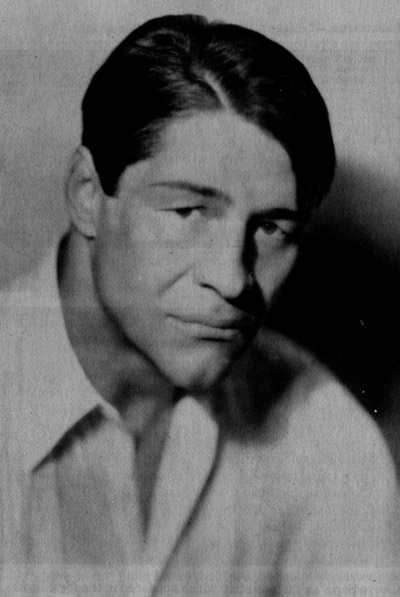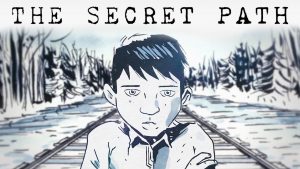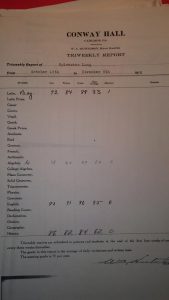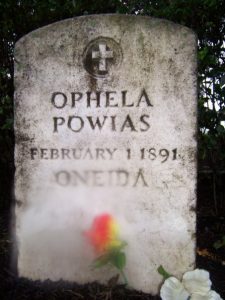At Geneseo, we do not offer the US and Western Civ surveys. Instead of focusing on coverage, we emphasize and teach the analytical, writing, and research skills of the discipline. All majors are required to take two sophomore seminars. The first is in research methods, the other historiography. The courses are taught by all the department faculty in an area of their specialty. This coming semester, I will be offering the research methods course on the history of American Indian boarding schools. The syllabus follows.
History 302 Fall 2023
Research: American Indian Boarding Schools
Instructor: Michael Oberg Meeting Times: MW, 8:30-10:10, Fraser 104 Office Hours, MW 12:30-1:45, Doty 208 Email: oberg@geneseo.edu Phone: (585)245-5730 Website and Blog: michaelleroyoberg.com
Required Readings: Carlisle Indian School Digital Resource Center.
David Wallace Adams, Education for Extinction: American Indians and the Boarding School Experience, 1875-1928, revised edition, (Lawrence: University Press of Kansas, 2020).
Genevieve Bell, “Telling Stories Out of School: Remembering the Carlisle Indian Industrial Schook, 1879-1918,” Ph.D diss., Stanford University, 1998 (Available on Brightspace).
Mary Lynn Rampolla, A Pocket Guide to Writing in History, 10th Edition, (Boston: Bedford/St. Martin’s, 2020).
Course Description: This section of the history department’s required course in research methods will focus on American Indian boarding schools, part of a systematic assault launched on Indigenous identity beginning in the second half of the nineteenth century. There are Boarding Schools still open today. The heyday of the Boarding School Era ran from 1879 until 1918, the years when the Carlisle Indian Industrial School operated in Carlisle, Pennsylvania. Tens of thousands of young Native Americans passed through these institutions, and they played a highly significant role in shaping Native American identity today. Over the course of the semester, you will read about these institutions, learn and apply your research skills to studying them, and produce a significant work of original, primary source research based upon the sources you will read. Because of the availability of sources, we will focus on Carlisle, the largest of the federally-run schools.
By the end of the semester, I would like you to have improved and developed substantially in the following areas:
- * Your ability to write clearly, correctly, and persuasively in English * Your ability to identify, locate, and analyze secondary sources related to your research question.
- * Your ability to construct and advance an argument supported by primary source research.
- * Your ability to debate complicated historical topics verbally in a seminar setting.
Participation: I want to emphasize the importance of participation. I view my courses fundamentally as conversations and these conversations can only succeed when each person pulls his or her share of the load. This seminar relies on your contributions, and our conversations will depend on your thoughtful inquiry and respectful exchange. We are all here to learn, and I encourage you to join in the discussion with this in mind. Participation is more than attendance. As you will see from the attached grading agreement, after four missed classes you will not be able to earn any grade higher than a D for the course.
Discussion Schedule:
28 August Introduction to the Course Reading: Rampolla, Chapter 1; Adams, Preface, Prologue; Oberg, “Just Kids.”
30 August The Long Legacy of Federal Boarding Schools Reading: Federal Indian Boarding School Initiative Investigative Report, May 2022. This is a long document. Do your best to read and digest those parts of its contents that interest you.
6 September What Can We Know About Federal Indian Boarding Schools? Reading: Rampolla, Chapter 2; Adams, Part One; Images of the Carlisle Boarding School
11 September What Can We Know About Federal Indian Boarding Schools? (continued). Reading: Adams, Part Two; Carlisle Publications (Under the “Indian School Titles” tab, click on “Carlisle Arrow, The (1908-1917)” and then click “Apply.” Read, cover to cover, any two editions of The Carlisle Arrow. Poke around through other publications as well so that you arrive at some familiarity for the sorts of public documents Carlisle produced.
13 September What Can We Know about Federal Indian Boarding Schools? (continued). Reading, Adams, Part Three; Carlisle’s bureaucracy and record-keeping.
18 September What Can We Know about Federal Indian Boarding Schools? (continued). Reading: Adams, Part 4 and Conclusion; Carlisle Student Records (Pick any Nation from that drop-down menu. Read at least 5 student files and be prepared to talk about what you learned. Make sure you choose student records from different years). Please provide me with a list of the students whose files you read by Sunday at noon.
20 September Mandatory Individual Conferences Reading: Rampolla, Chapters 4-6.
25 September Topic Statements and Preliminary Bibliography Due! Reading: Rampolla, Chapter 7; Brenda J. Child, “The Boarding School as Metaphor,” Journal of American Indian Education, 57 (Spring 2018), 37-57. This article is available through JSTOR. Please download a copy, read it, and have it with you in class. Child provides the perspectives of an Indigenous historian writing about residential schools.
27 September Research Updates: What have you learned, what have you added to your bibliography, and how has your research progressed? You will be prepared to speak for at least five minutes, and to field questions from your classmates. Reading: Frank Vitale IV, “Counting Carlisle’s Casualties: Defining Student Death at the Carlisle Indian Industrial School, 1879-1918,” American Indian Quarterly, 44 (Fall 2020), 383-414.
2 October Mandatory Individual Conferences
4 October Setting Things Right: Discussion of Apologies, Acknowledgments and Reparations Reading: Oberg, “Your Territorial Acknowledgment is Not Enough;” Elizabeth Ellis and Rose Stremlau, “Land Acknowledgments: Helpful, Harmful, Hopeful,” Perspectives on History, 60 (November 2022), 24-26 (on Brightspace); Sarah Deer, The Beginning and End of Rape, (St. Paul: University of Minnesota Press, 2015), Chapter 4 (Brightspace)
11 October Progress Reports: What have you learned, what have you added to our bibliography, and how has your research progressed? You will be prepared to speak for at least five minutes, and to field questions from your classmates. Reading: Mikaëla M. Adams, “`A Very Serious and Perplexing Epidemic of Grippe’: The Influenza Epidemic of 1918 at the Haskell Institute,” American Indian Quarterly, 44 (Winter 2020), 1-35. (available on America: History and Life).
16 October Other Residential School Projects: Reading: Genoa Indian School Digital Reconciliation Project; Sherman Indian Museum Collection; National Centre for Truth and Reconciliation (University of Manitoba).
18 October Child Removal in Comparative Perspective Reading: Margaret Jacobs, A Generation Removed: The Fostering and Adoption of Indigenous Children in the Postwar World, (Lincoln: University of Nebraska Press, 2014), Excerpts, on Brightspace.
23 October Progress Reports: What have you learned, what have you added to your bibliography, and how has your research progressed? You will be prepared to speak for at least five minutes, and to field questions from your classmates Revised Bibliography Due
25 October Mandatory Individual Conferences
30 October Opening Paragraphs Due. Please bring enough copies for everybody in the class.
1 November Mandatory Individual Conferences
6 November Outlines Due.
8 November Mandatory Individual Conferences
13 November Progress Reports: What have you learned, what have you added to your bibliography, and how has your research progressed? You will be prepared to speak for at least five minutes, and to field questions from your classmates
15 November Mandatory Individual Conferences.
20 November Outings Reading: Kevin Whalen, “Indian School, Company Town: Outing Workers from Sherman Institute at Fontana Farms Company,” Pacific Historical Review, 86 (May 2017), 290-321.
27 November Discussion Drafts
29 November Discussion Drafts
4 December Discussion Drafts
6 December Discussion Drafts
11 December Final Papers Due
13 December Meetings: Discussion of Final Grades
Assignments:
- Topic Statement and Initial Bibliography Due: In a solid paragraph, describe the topic on which you would like to conduct research this semester, and a construct a preliminary bibliography in proper format listing the primary and secondary sources you will need to answer the questions you are asking. You can not have a thesis yet: you have not done the research necessary for that. But you can have a sense of the question, or questions, which you would like to try to answer. Due 25 September.
- Revised Bibliography Due: You should demonstrate that you have competently used JSTOR, America: History and Life, and the citations and bibliographies in the scholarly sources you have read to expand your bibliography. Due 23 October.
- Opening Paragraphs: Please bring a draft of an opening paragraph. I assume you will likely make changes to this as you move forward and complete your project, but I do want you to bring something so that we can discuss writing and how to engage your readers most effectively. Due 30 October.
- Outlines Due. Bring copies for everyone in class. The more detailed your outline, the better. Due 6 November.
- Discussion Drafts: A complete draft of your paper with footnotes accurately cited. You will submit it on a Google Doc that will go on a shared drive accessible to your classmates. We will read each draft closely, make suggestions, and work to improve your paper.
- Final Draft: This should require no elaboration. Your final draft, formatted properly, is due on 11 December. Because of the narrow span of time between our last meeting and the final exam period, I cannot allow any extensions for the final draft.




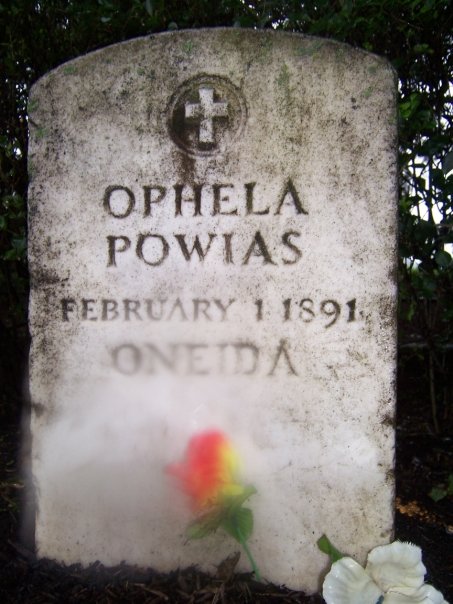
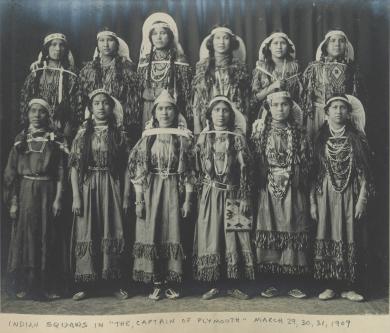
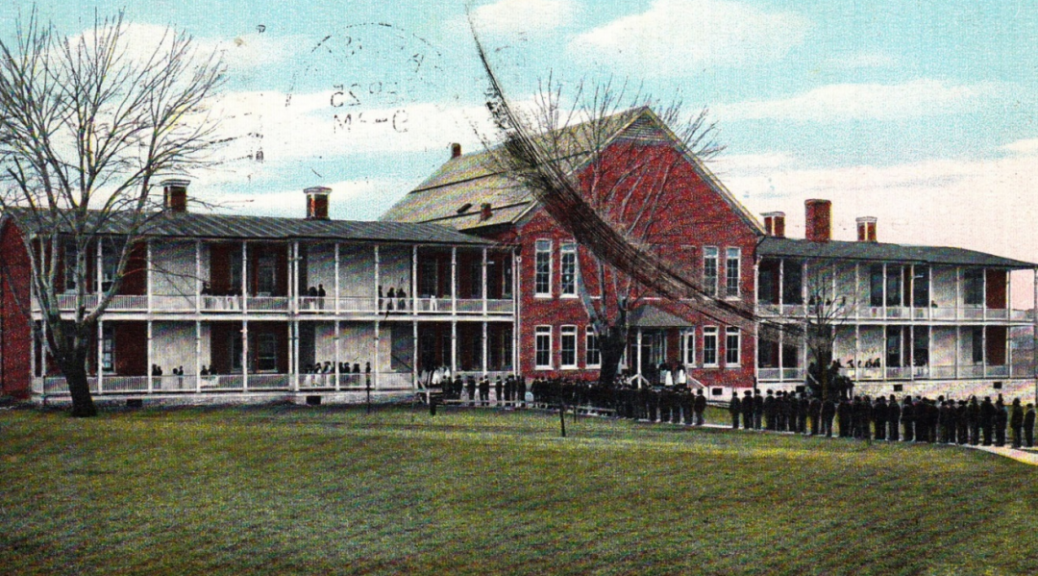






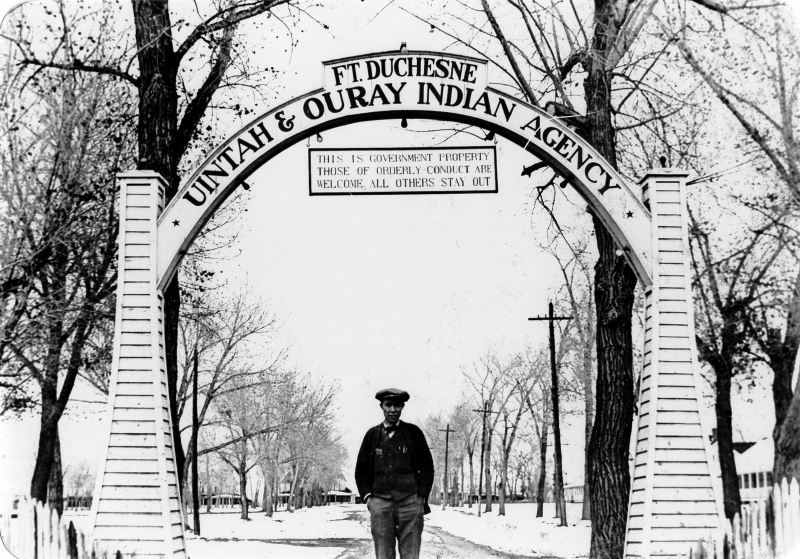

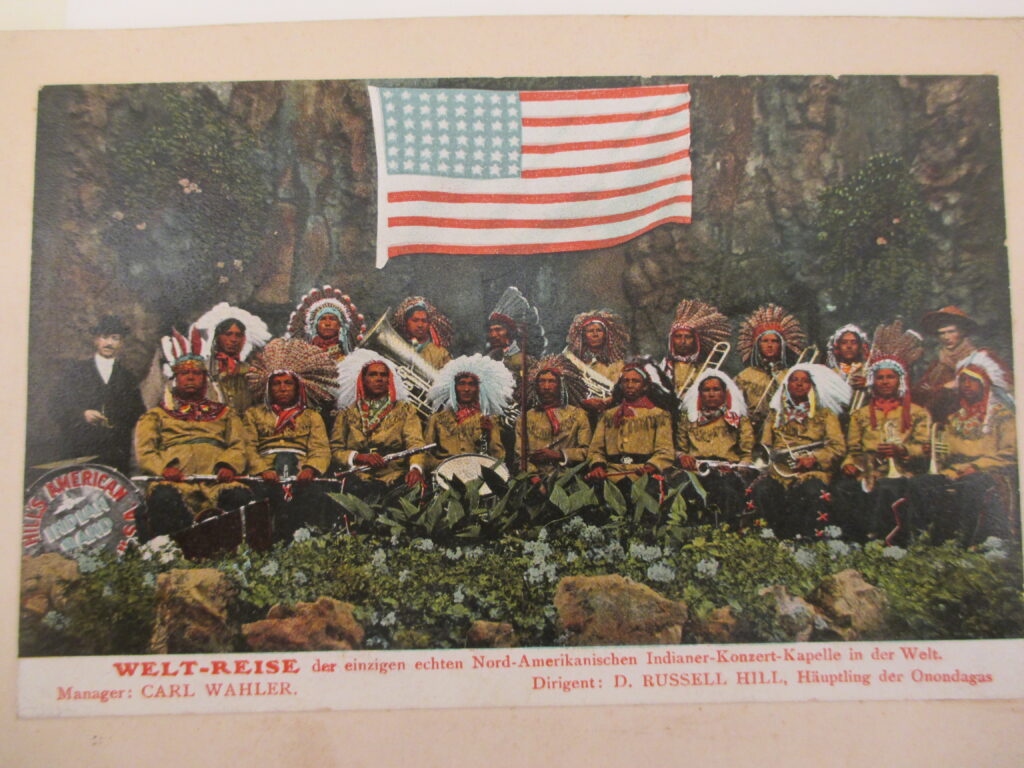
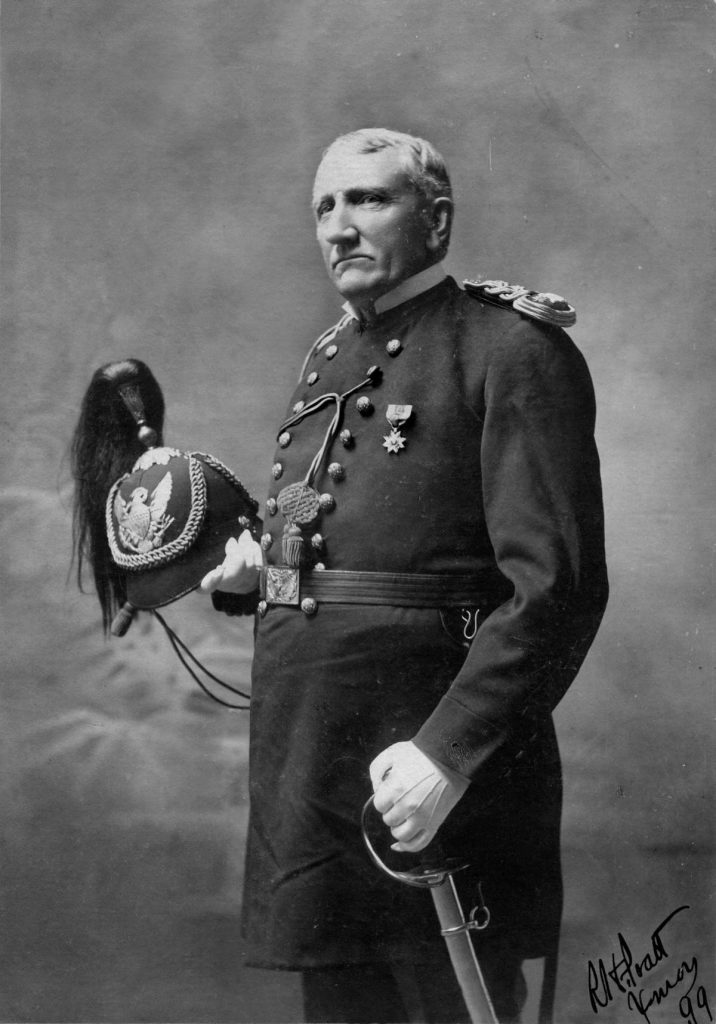



 I ordered Long Lance’s
I ordered Long Lance’s 